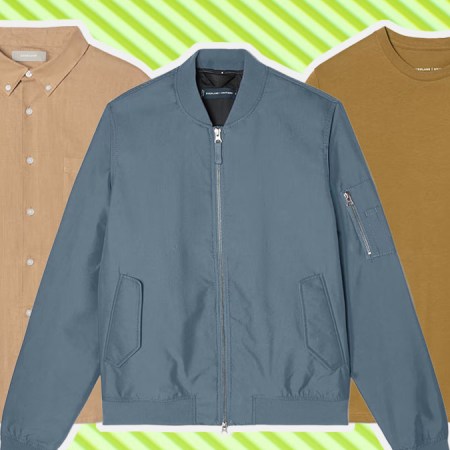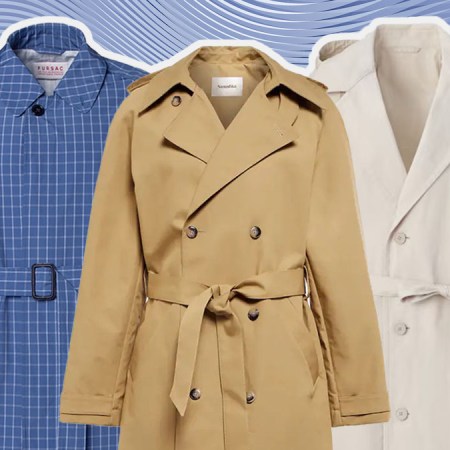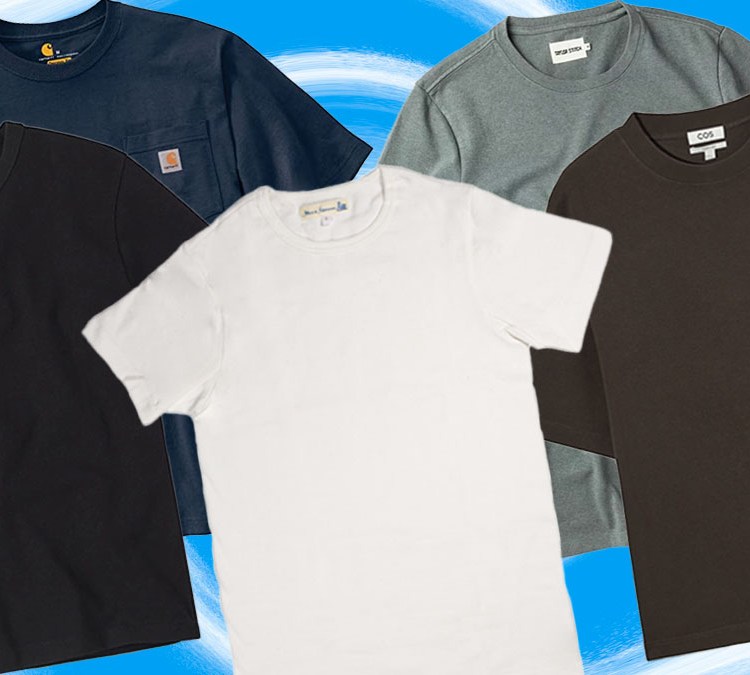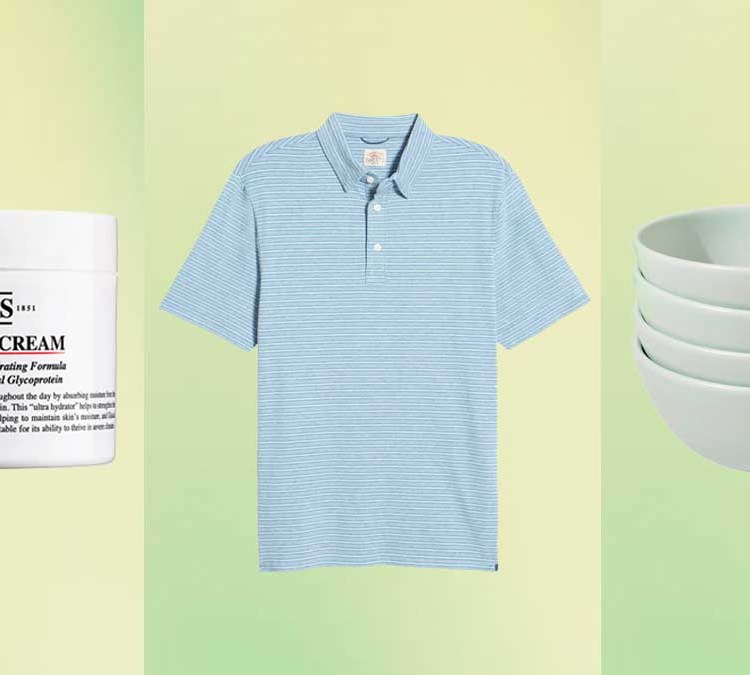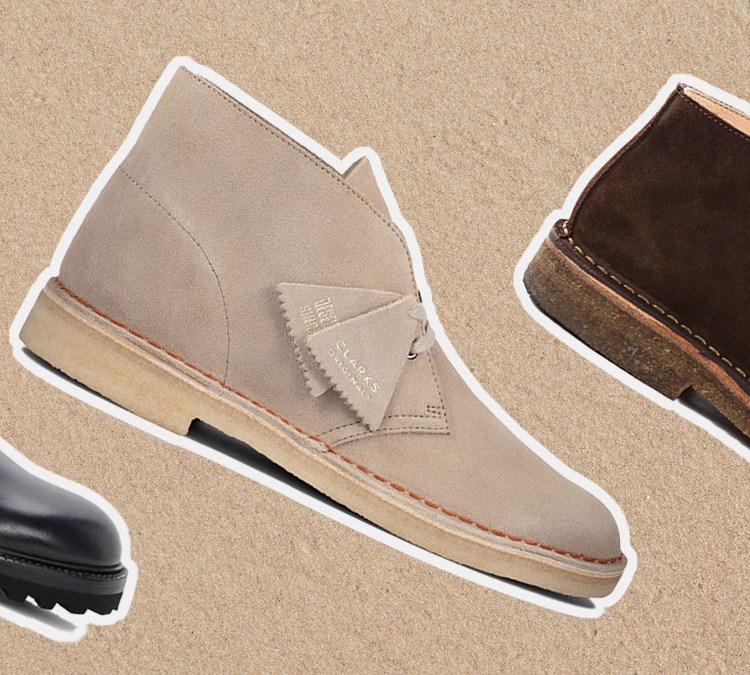If you spend any time at all reading about menswear, either online or in print, you are no doubt aware that certain brands have managed to remain part of the conversation consistently for decades. Ralph Lauren isn’t going anywhere, and neither is Red Wing. Alden is here to stay, and so is Levi’s. Patagonia probably isn’t going to stop making great fleeces, and J.Crew… well, ok, J.Crew might actually be in trouble.
But you get the point: these and others like them are the brands that, together, have built the foundation of American menswear.
What happens next, though? As influential as those brands have been, it stands to reason that another generation would be hot on their tails, on pace to join them as permanent fixtures in the menswear landscape. Below, find 12 brands, all founded in the past 10 years, that we think we’ll still be talking about decades from now.

The Temple of Streetwear: KITH (2011)
Twas Supreme that wrote the book on turning an underground streetwear concern into a global fashion empire, and no doubt KITH founder Ronnie Fieg was taking notes — in the last eight years, what began as a modest NY sneaker/apparel boutique has snowballed into a similar streetwear powerhouse known the world over, with Fieg commanding a legion of drop-obsessed acolytes who consider him the ultimate arbiter of cool. Anyone looking for further evidence of KITH’s clout should check the blocks-long line outside the brand’s flagship NYC boutique on any given day, a phenomenon reminiscent of, you guessed it … Supreme.
What they do best: Unexpected collabs — the past year alone has seen the House of Fieg drop capsule collections with entities ranging from the iconic (Tommy Hilfiger) to the throwback (Columbia) to the totally-out-of-left-field (Coca Cola, The Jetsons).
Standout item: By design, no KITH item is usually available for very long. Grab this surprisingly understated (for KITH, anyway) pigment-dyed jacket while you still can.
Honorable Mentions: Off-White, Fear of God, Heron Preston
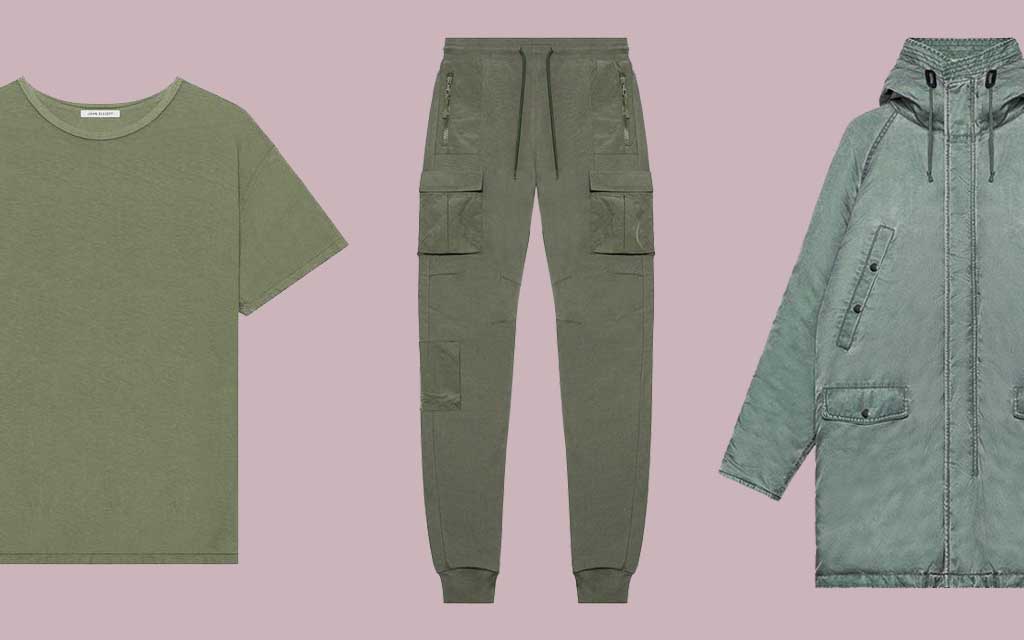
The Perpetual Cool Kid: John Elliott (2012)
In the early aughts, if one was in the market for that artfully rumpled, downtown-NYC-cool-kid vibe, Rag & Bone was the go-to answer. Fast forward fifteen years and West Coaster Elliott is carrying the torch with aplomb — his collections of stylishly tonal sportswear boast that tricky slim-meets-slouchy fit that most designers are never able to totally nail, with a healthy dose of streetwear influence added to the aesthetic mix. It’s casual clothing that still feels tasteful and considered, which is very hard to do — no wonder Elliott continues to rack up awards and is collaborating with folks like LeBron James.
What they do best: Tonality — Elliot’s line features loads of pieces that are slight variations on the same color, resulting in a very cool semi-monochromatic vibe when combined.
Standout item: Get this tee, these sweats and this parka, throw on a pair of understated sneakers and tell us that you don’t get compliments.
Honorable Mention: Ovadia & Sons
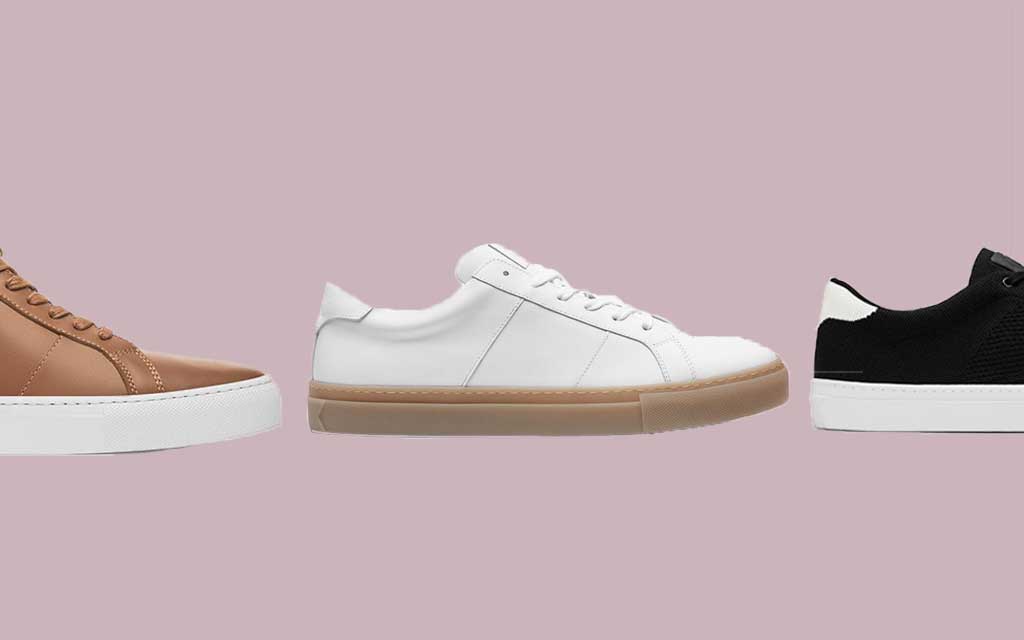
The Sneaker Whisperers: GREATS (2013)
While it would be difficult these days to throw a rock without hitting a fledgling direct-to-consumer sneaker concern proffering their take on the classic court-shoe silhouette, only GREATS has ascended to that rarefied air where someone like footwear giant Steve Madden would take a look and say “you know what, we should buy that company.” Unsurprising, considering founders Ryan Babenzian and John Buscemi had previously spent time working for the likes of Puma, K-Swiss and DC.
What they do best: Elegant simplicity — GREATS’ overarching aesthetic of clean lines, minimal branding, and subtle-but-impactful detailing results in kicks that simultaneously catch the eye but also play well with just about everything.
Standout item: The Royale Blanco Gum, boasting a sleek and snowy upper punched up with a natural rubber outsole.
Honorable Mention: Axel Arigato
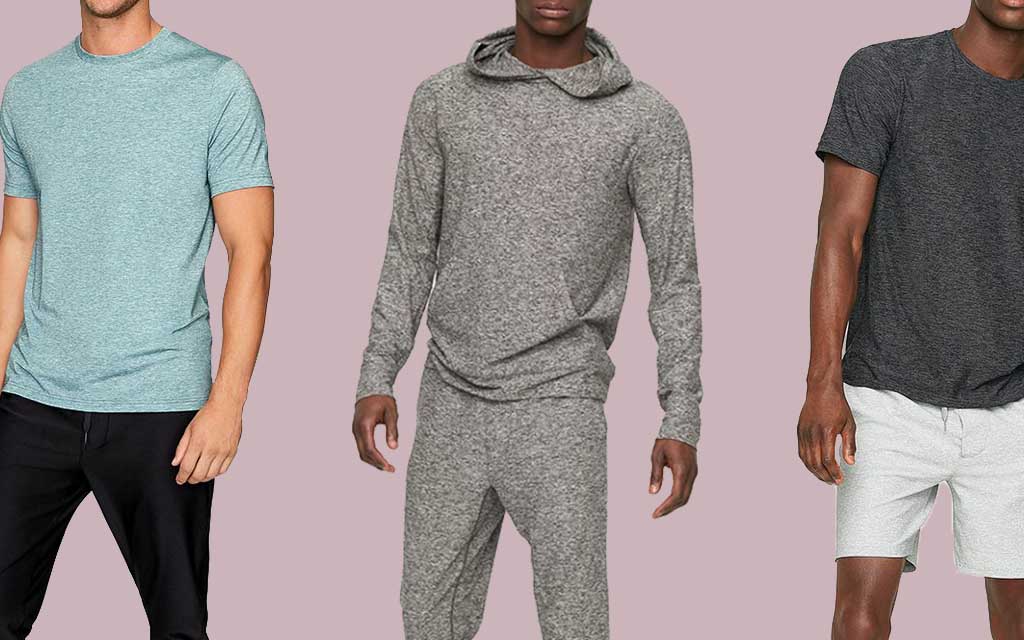
The Athleisurists: Outdoor Voices (2014)
The rise of athleisure has been arguably the most significant development in the world of apparel over the last decade, with the lines between what one might wear to the gym and what one might wear to brunch all but non-existent at this point. And while the longtime bastions of traditional performance wear were no doubt well-equipped to adapt their offering and capitalize, it was Outdoor Voices who embraced the idea of the casual athlete from the outset — their offering was one of smartly tailored, minimally branded sportswear geared toward folks for whom fitness was less a hardcore pursuit than a general lifestyle. Turned out those folks existed in droves.
What they do best: Stretchy-meets-drapey kits that work for a run or Crossfit session, sure, but also the happy hour afterward.
Standout item: The “Rec Kit,” a handy shirt/short bundle that’s great for the weekend.
Honorable Mentions: Rhone, Vuori

The Do-Gooding Outdoorsmen: Outerknown (2015)
It’s not like North Face and Patagonia have fallen off or anything. The two stalwarts are still the brands most climbers and hikers would turn to — not to mention their popularity among the fashion crowd. But, let’s face it, the world of gear for the outdoors could use a real, honest kick in the butt, and that’s where 11-time world champion surfer Kelly Slater stepped in when he started Outerknown. Stylish and sustainable, durable and cool looking.
What they do best: The sort of stuff you can wear from a brisk, 12-mile hike to an informal cocktail party in a backyard. Comfortable and sporty, but also cool.
Standout item: The Paz pant and beachy crew sweatshirts
Honorable Mention: Marine Layer
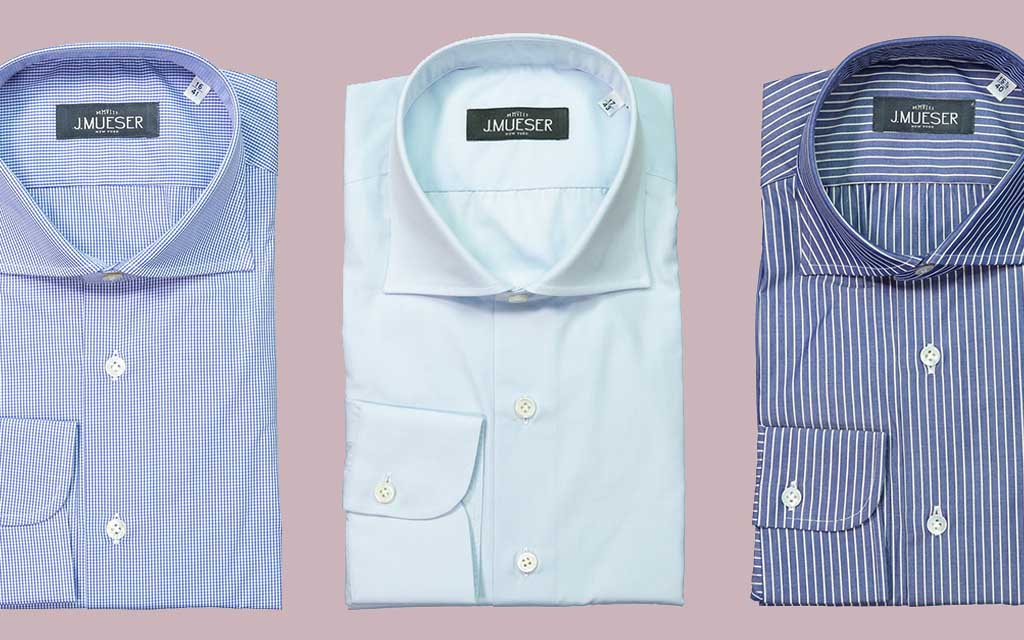
The Haberdasher: J. Mueser (2012)
A few months back, WM Brown Project founder Matt Hranek pulled off the power move of the year, getting a bunch of the best-dressed men we can think of aboard a beautiful Belmond Royal Scotsman train, riding through the countryside. There’s a pretty good chance one of the people included among the group, Jake Mueser, also outfitted a few of the other riders. If they weren’t wearing his custom suits while sipping Negronis, no doubt each of the guys on board own, or would like to own, something designed by Mueser. The guy who merges Savile Row swank with a rock-and-roll sensibility is one of the few young designers in America elevating the suit.
What they do best: Suits. All due respect to the Ludlow, but this isn’t the kind of suit you get off the rack and bring to a local tailor.
Standout item: Did we mention he does suits?
Honorable Mention: Miller’s Oath

Casual Workwear, Reinvented: Taylor Stitch (2008)
America has always had a love affair with workwear. Consider the fact that our single greatest contribution to fashion, the blue jean, was invented for miners. But since its inception, the American workwear industry has embodied two distinct types of brands: those that are committed to creating durable, rugged apparel for industry workers and outdoorsmen (Filson, Carhartt), as well as “lifestyle” brands like L.L.Bean and Land’s End that trade on workwear heritage while targeting a more leisurely consumer. San Francisco’s Taylor Stitch has always bridged the gap between the two. They work with innovative fabrics and construction techniques to create hard-wearing, purpose-built clothing, but they also do everything with a more elevated sense of tailoring and style than their forebears. In an era when every brand seems hellbent on creating clothing that can seamlessly transition between the worlds of work and play, very few do it as well as this one.
What they do best: Shirts and outerwear that can be endlessly layered and interchanged without clashing.
Standout item: The Maritime Shirt Jacket. Also anything made out of Boss Duck, their proprietary hemp-based canvas.
Honorable Mention: Stock Mfg Co.
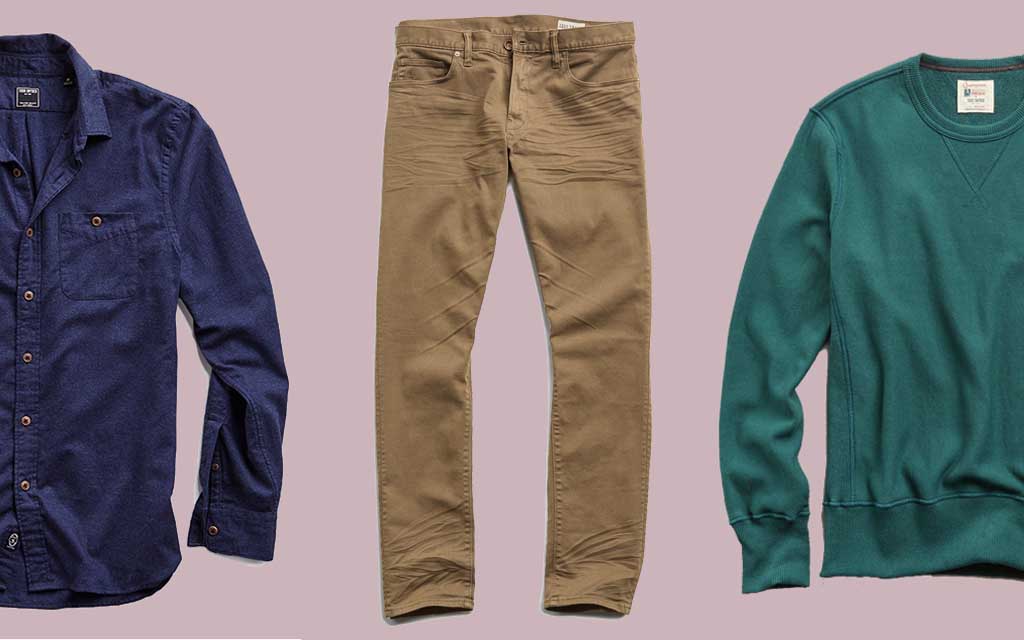
The One-Stop Shop: Todd Snyder (2011)
Remember a few years back — God, maybe it’s been more than a few now — when you could log onto J.Crew’s website and browse page after page of classic, preppy-leaning menswear that managed to stay up to date by keeping a close eye on trends and an even closer eye on fit? When their decision to collaborate with, or even just stock, another brand was as meaningful a cosign as you’d ever need? Well, those days are long gone. Fortunately, though, Todd Snyder has picked up exactly where they left off, with a line that is consistently tasteful and exceedingly well made, the very embodiment of elevated basics. Think oxfords, chinos, suits and workwear — all of it with just enough flair to stand out in a crowd. And like J.Crew before them, they stock pretty much every other brand you already have in your closet or would desperately like to.
What they do best: Three words: curation, curation, curation.
Standout item: The TS x Champion line is pretty much unimpeachable at this point.
Honorable Mentions: Need Supply
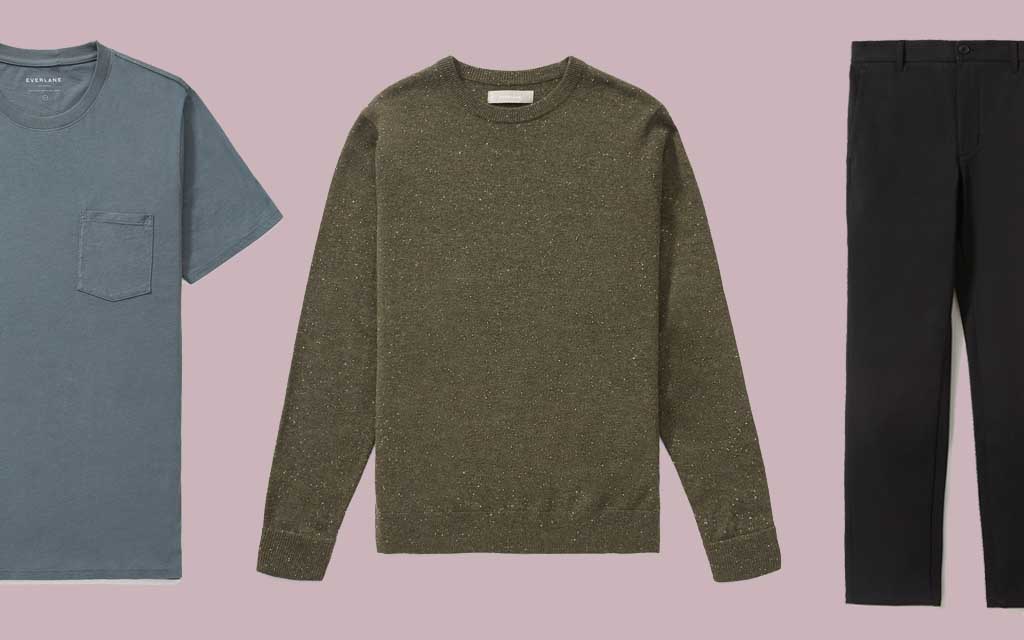
Fast Fashion That Doesn’t Suck: Everlane (2010)
In 2019, the phrase “direct-to-consumer” has been rendered near-meaningless by the endless deluge of brands that purport to espouse it as a business model. But back in 2010, when DTC empires like Casper and Harry’s were still a glint in their fathers’ eyes, it was a genuinely innovative and press-worthy thing to be. The two companies that can truly claim to have pioneered the “we work directly with manufacturers and cut out middlemen to save you money” ethos? Glasses shop Warby Parker and GAP-esque apparel brand Everlane. Both companies have evolved and grown since, even going so far as to — yes — open up the same brick-and-mortar stores that their model was supposed to tear down. Everlane is at this point the go-to retailer for a generation of people who have come of age shopping online, and as long as the company remains nimble and tech-forward, it’ll stay ahead of the legion of imitators it has spawned.
What they do best: Restrained, approachable and typically monochromatic versions of pretty much everything in your closet, from denim to T-shirts to, most recently, sneakers.
Standout item: The Performance Chino
Honorable Mention: Frank and Oak, who mostly miss the cut on account of being Canadian.

The Cobbler’s Sons: Oak Street Bootmakers (2009)
In this direct-to-consumer era, there are countless new shoe brands purporting to make high-quality, affordable footwear — from what we’ve gathered, everyone seems to have identified $200 as the sweet spot. The problem with all of this is that while you can certainly make a passable shoe for that amount, truly high-quality shoes and boots simply cost more. Oak Street founder George Vlagos and the craftsmen he employs in his Chicago factory make all their products from carefully chosen Horween Chromexcel leather using processes that have been established for decades but largely abandoned in favor of cheaper alternatives.
What they do best: Traditional shoes and boots that will last damn near a lifetime with proper care.
Standout item: The Trench Boot is probably what their most known for, but we’re also very into the elegant, understated Plain-Toe Blucher, which is so lacking in adornment that any flaw would be on full display — fortunately, there are none.
Honorable Mention: Grant Stone

The American Warrior: American Trench (2008)
When American Trench decided to bring their first product (it was, you guessed it, a trench coat) to market back in 2008, they had a simple mission: to produce high-quality goods that “involved as many of our fellow Americans as possible.” In the decade since, they’ve doubled down on that ethos, working with production facilities all over the United States while expanding their offerings to cover everything from blackwatch plaid rain slickers (made in New Jersey) to military-spec socks woven with anti-microbial silver filament (North Carolina). In an era when making clothes domestically is increasingly cost-prohibitive, they are excelling not only by creating exceptional garments, but by building a community of customers who champion their ethos.
What they do best: Deliberate growth that subsists entirely on American manufacturers, the eponymous trench, and really, really excellent socks.
Standout item: It’s gotta be the socks.
Honorable Mention: American Giant, Corridor

Denim, Perfected: Shockoe Atelier (2012)
There was a time when, if you wanted a great pair of jeans, you’d probably have to use up all your airline miles for a trip to Tokyo. But now you can just pick up a pair or two of Anthony and Pierre Lupesco’s Richmond, VA-made slims or standards. They aren’t cheap, but quality like this rarely is. These jeans will last, and the brand will as well.
What they do best: High-quality denim that gets every last detail just right.
Standout item: The Standard Kojima is hard to beat.
Honorable Mention: Freenote Cloth
This article was featured in the InsideHook newsletter. Sign up now.



